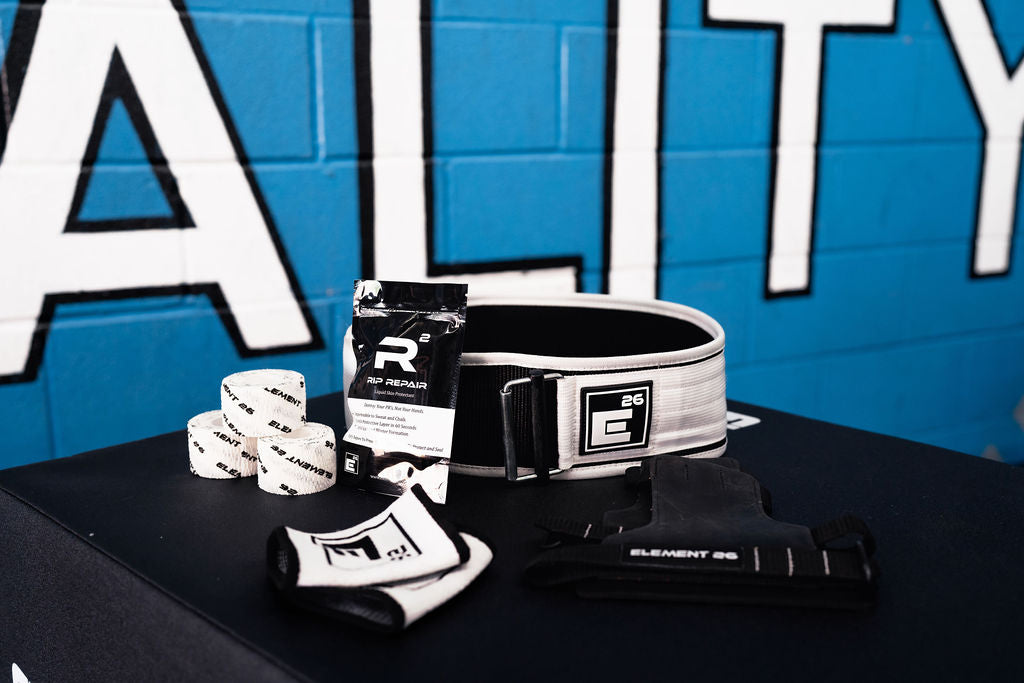Does a Weight Lifting Belt Prevent Hernias?

Let’s quickly review what a hernia is.
A hernia is an internal organ, such as the intestine, that pushes through a weakened section of the abdominal wall. These present most commonly in the lower abdomen, but also around the belly button and groin area. They are most often associated with heavy weight lifting, pregnancy, obesity, constipation, and frequent/intense coughing. Don’t worry, just because you lift heavy doesn’t mean you’ll get one. I’ll explain more in one second!
Now let’s review what a weight lifting belt does.
A weight lifting belt is designed to increase your intra-abdominal pressure. That increase in pressure is what stabilizes your low back. That sense of stability sends signals back to the brain and spinal cord that then allows you to move your lower body more freely (in a squat, for example) with less of an injury risk. But here’s the deal, in order to make the weight lifting belt most effective, you need to make sure your rib cage and pelvis are lined up. Think of your abdomen like a cylinder. If the cylinder is straight up and down, you’re going to be the strongest. Stress is even throughout. If the cylinder is bent (ie. arching your back too much and lifting your chest excessively in the squat), you’re putting unnecessary compressive stress on one side of the cylinder and excessive tensile stress on the other.
How does this extra stress cause a hernia?
The compressive stress is essentially jamming your vertebrae together. Overtime that can potentially cause back pain. The tensile stress on the front side, (aka the tug-of-war between the groin muscles and the abdomen), can potentially lead to a hernia. Essentially, when you arch too much, with too much weight, too frequently, your risk for back pain and a hernia can increase.
Now can a weight lifting belt prevent a hernia? Not directly. A weight lifting belt can’t protect the abdominal wall or the small tears that you may already have in the abdominal wall that may lead to a hernia down the road. A weight lifting belt is designed to increase abdominal pressure and give you a sense of touch feedback.
But on the upside, a weight lifting belt can indirectly limit stress on the abdominal wall by making you more aware of form. A weight lifting belt, like the Element 26 Self-Locking Weight Lifting Belt, is a great tool to help you keep that cylinder shape between your ribs and pelvis. That’s because when you start arching your back excessively on the way down (picture the back squat), the belt will shift and your contact points on the belt will change. That can serve as an amazing tactile cue to help you keep position. And maintaining that nice cylindrical position in your lifts is how you limit excessive, unneeded stress associated with heavy lifting.
Conclusion: Weight Lifting Belts can't directly prevent hernias, but with proper training, movement form, bracing techniques, and mobility, you can limit hernia risk.
Disclaimer: The information in this article is for educational purposes only and is not a substitute for professional medical advice. We have not thoroughly evaluated you, nor do we have any awareness of your medical history. If you have a hernia or think you're at risk, please consult your medical professional or healthcare provider to ensure you can safely and effectively proceed with exercise.

Written by: Phil Gauthier
Phil is a Doctor of Physical Therapy and Certified Strength and Conditioning Specialist.
He is also an Owner and Co-Founder of the performance gear company, Element 26 (E26).
E26 prides itself on developing functional gear for the functional athlete to help you "Destroy Your PR's, Not Your Body."
To reach Phil or any member of the Element 26 Staff, please email us at: support@element26.co and we will respond to you ASAP!





Leave a comment